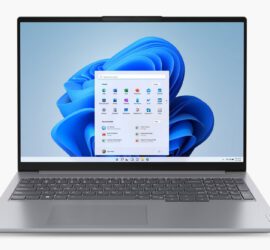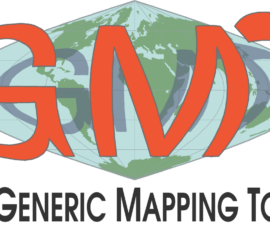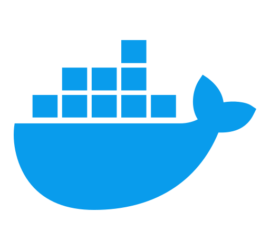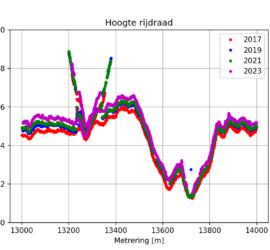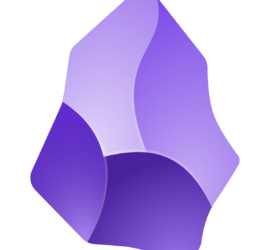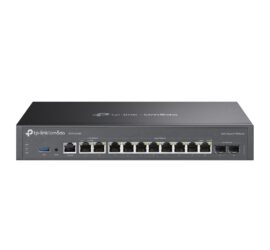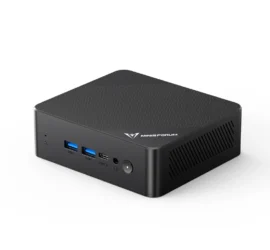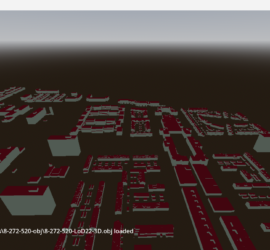I recently needed a new laptop as backup system. Compared to my HP ZBook it could be a more low-end computer. I just wanted a 15/16″ screen and a display port-enabled USB-C port for my external […]
Blog
Out of all the essential software packages that I’ve mentioned on this blog, the Generic Mapping Tools are certainly the one that I’ve used the longest, for more than 20 years. Back then I think it […]
Virtualisation and Containerisation are an important part of today’s computing landscape. Containers offer several benefits compared to software running directly on an operating system: They are isolated environments, helping with issues like security and dependencies. Running […]
I recently got the request to determine contact wire heights from multiple years of point clouds with the goal of doing a trend analysis. Point clouds acquired in four years were available, all of them acquired […]
Organizing notes, thoughts, links and to-do lists is important to keep overview and free your brain capacity for other things. I’ve used various methods in the past: Like probably everybody else of my age, I started […]
With a move coming up I started thinking about network requirements for the new house. Based upon past experience and future plans, I arrived at the following set of requirements, in no particular order: Wireguard VPN […]
I’ve long considered getting a small low-power Linux PC as intranet database and web server and for testing Linux applications. Intel’s N100 processor has been a bit of game-changer in this segment, employing four efficiency cores […]
OBJ is a popular format for 3D meshes and one of the formats in which the 3D BAG is distributed. Because of this I wanted to be able to load OBJ files at runtime, just as […]
I’ve previously visualized lines, using clickable meshes as geometry. The advantage of this approach is that you get clickable objects and can access their attributes. The downside is speed, as each vertex and line segment is […]

